The Tour du Mont Blanc is one of the most famous trekking adventures available in Europe. When talking about mountain trekking, most people think about trekking in Nepal or climbing higher peaks like Mount Kilimanjaro. However, there are options to go trekking closer to home. In this article, we will provide you with all the information you need for this adventure, from the difficulty of the trails, the accommodation along the way, a recommended itinerary for self-guided Tour du Mont Blank hikes, the cost and more!
Today we will introduce you to the majestic Mont Blanc, one of the most stunning massifs in Europe and a great adventure for those looking for some nature and fresh air. From stunning mountain views and snow-capped peaks to small and picturesque towns, this hike will leave you wanting more! Find out all you need to know about this hut to hut hiking adventure. Are you ready? Let's go!



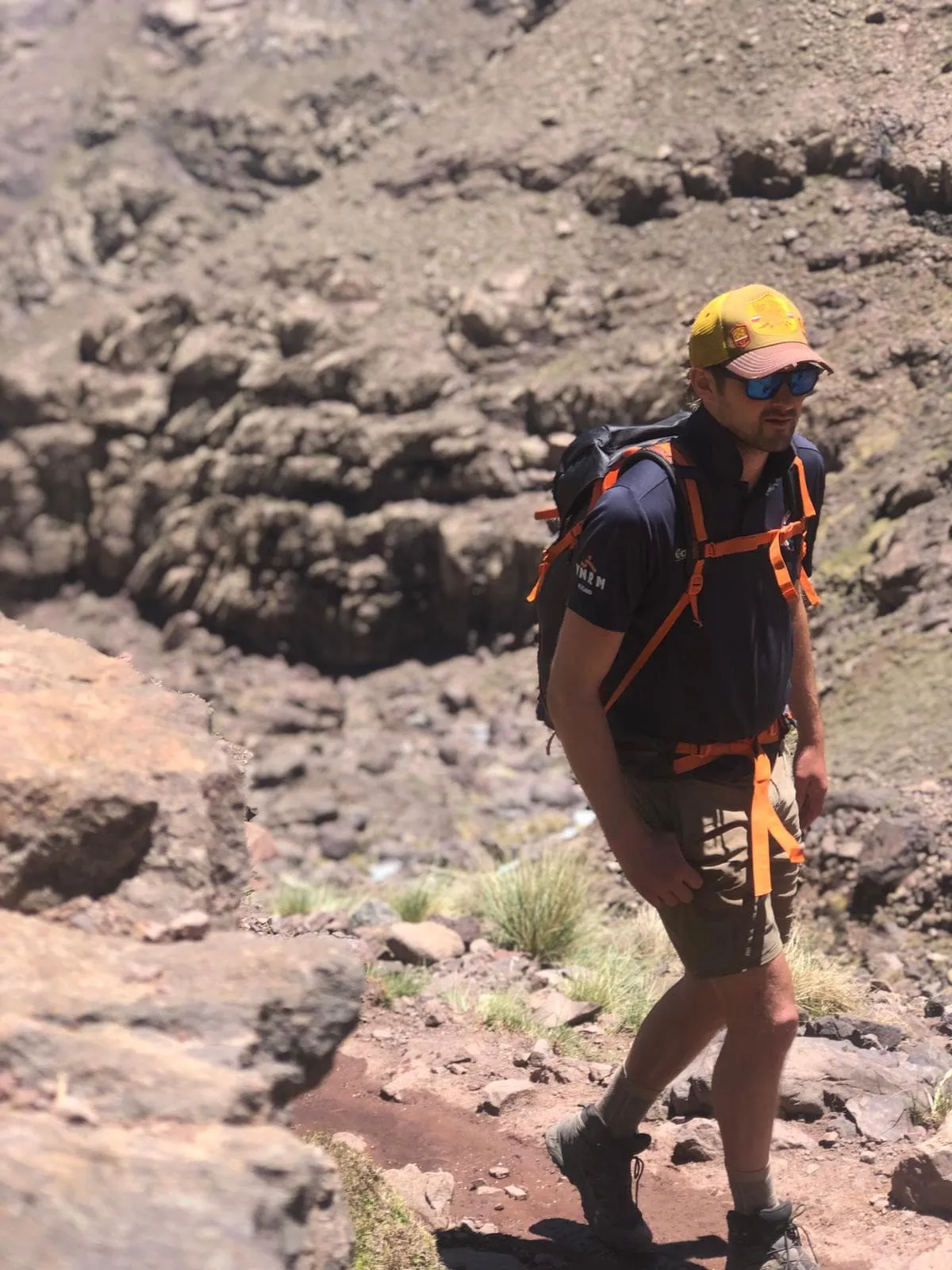
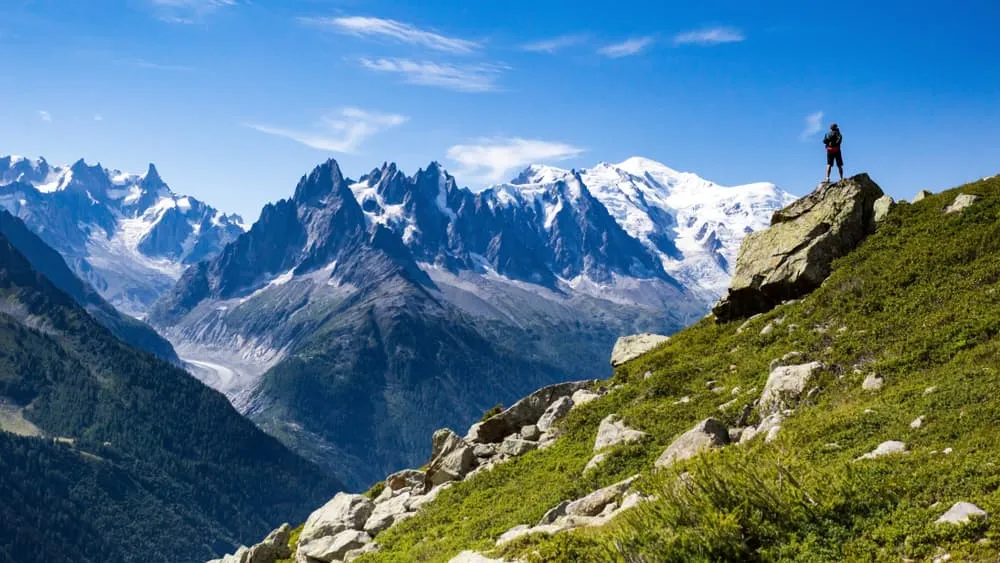
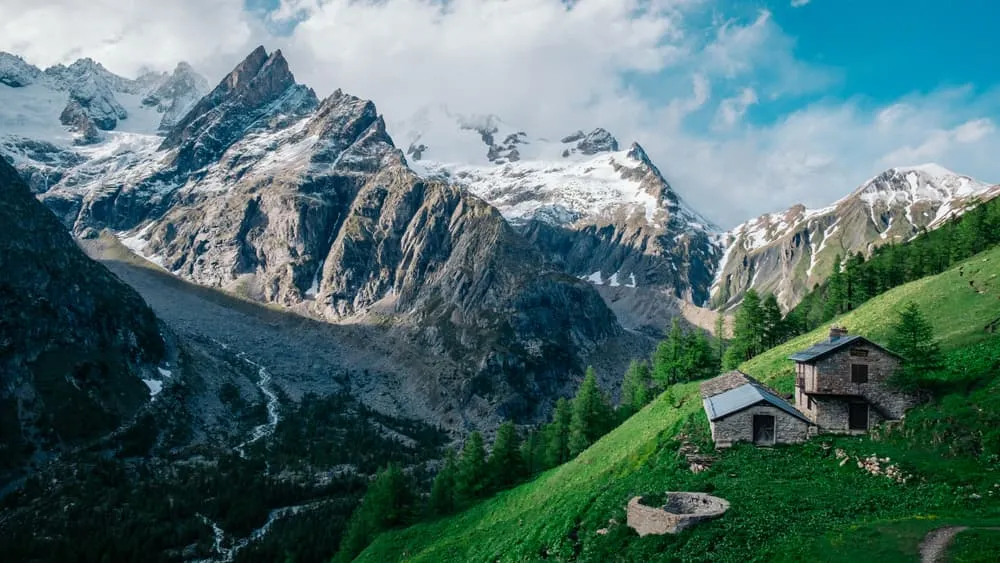
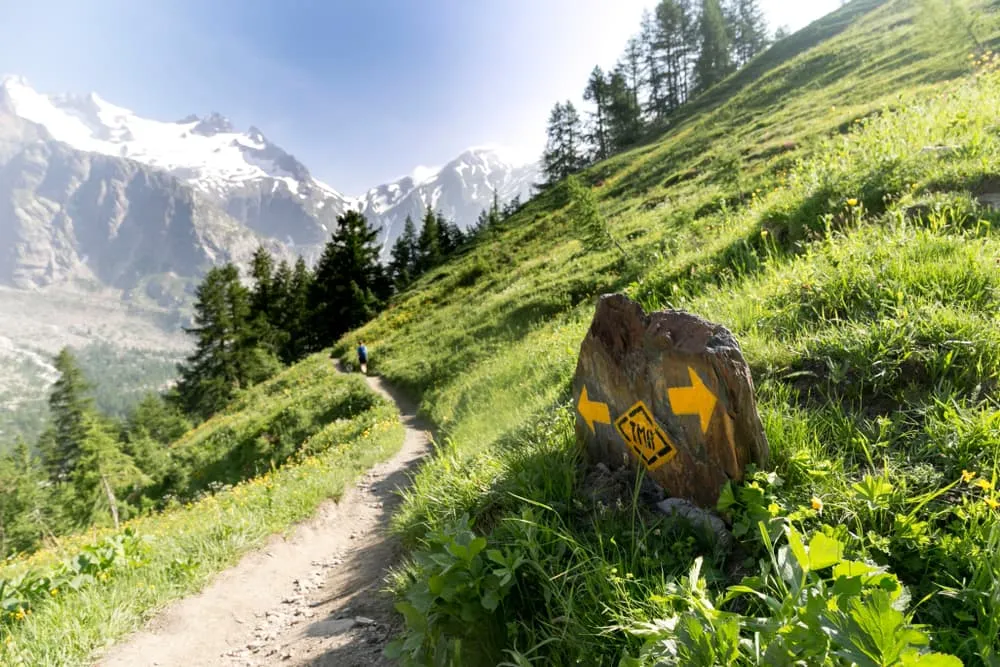
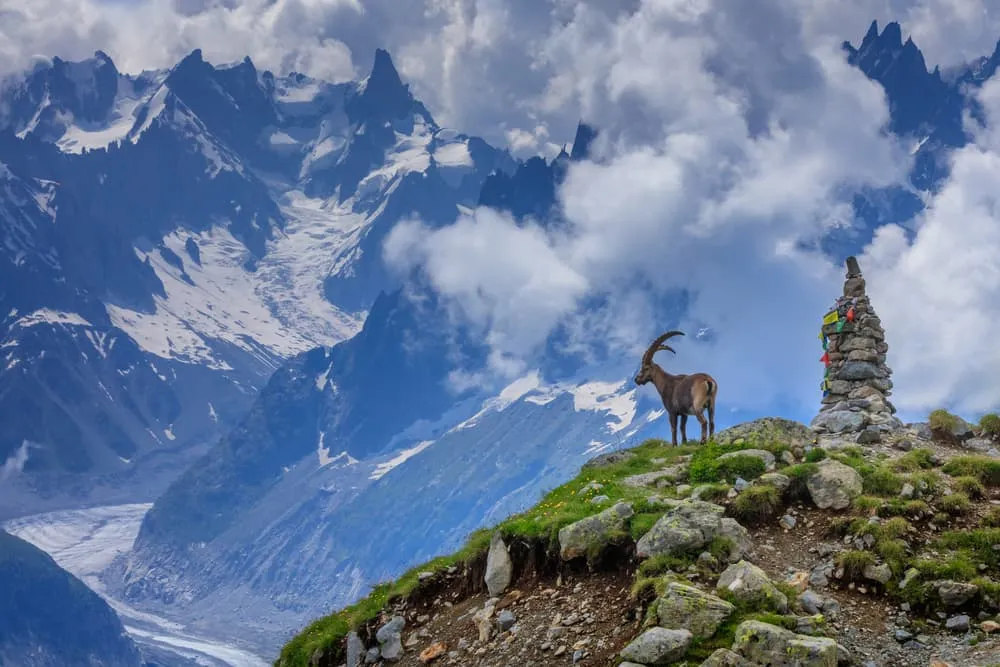
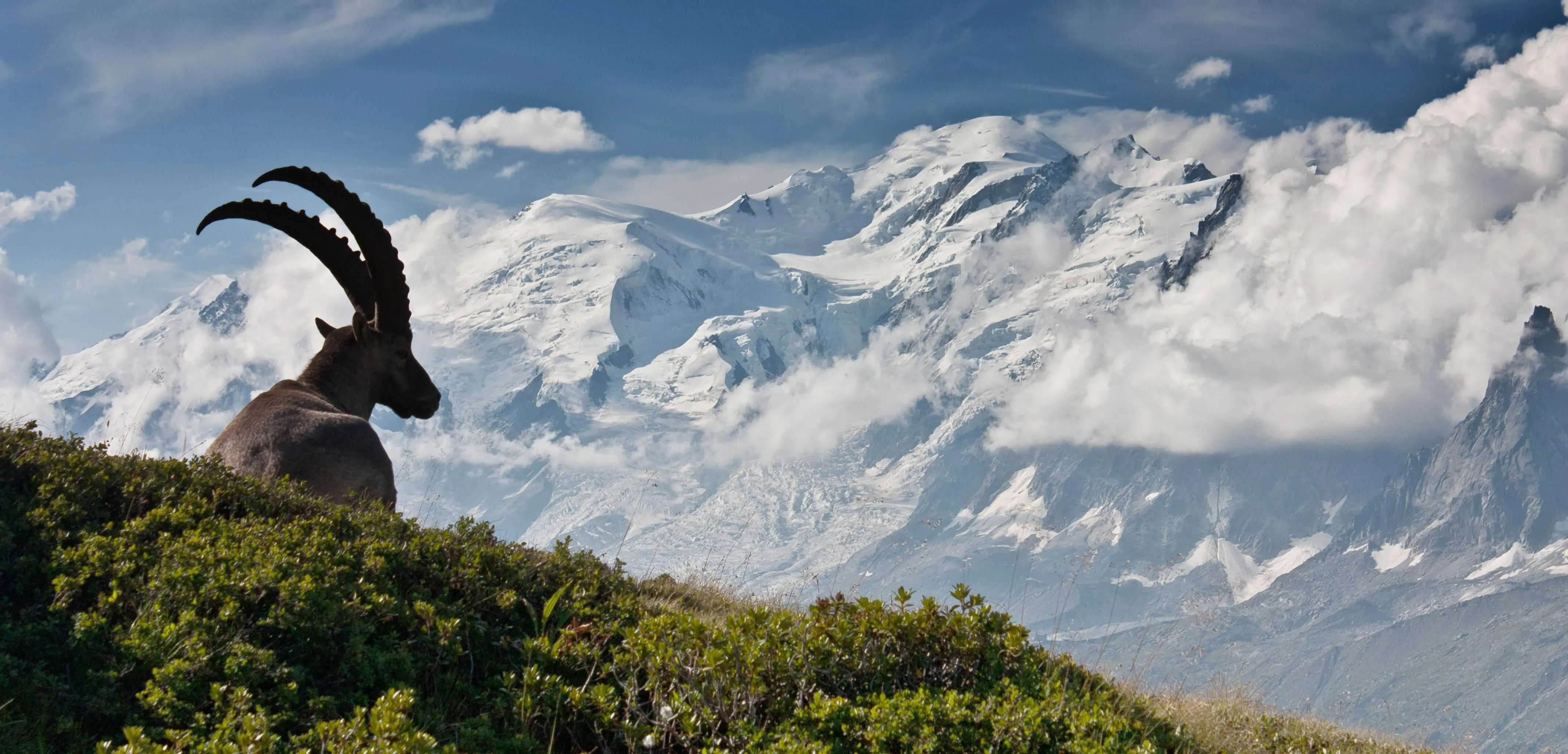
Comments